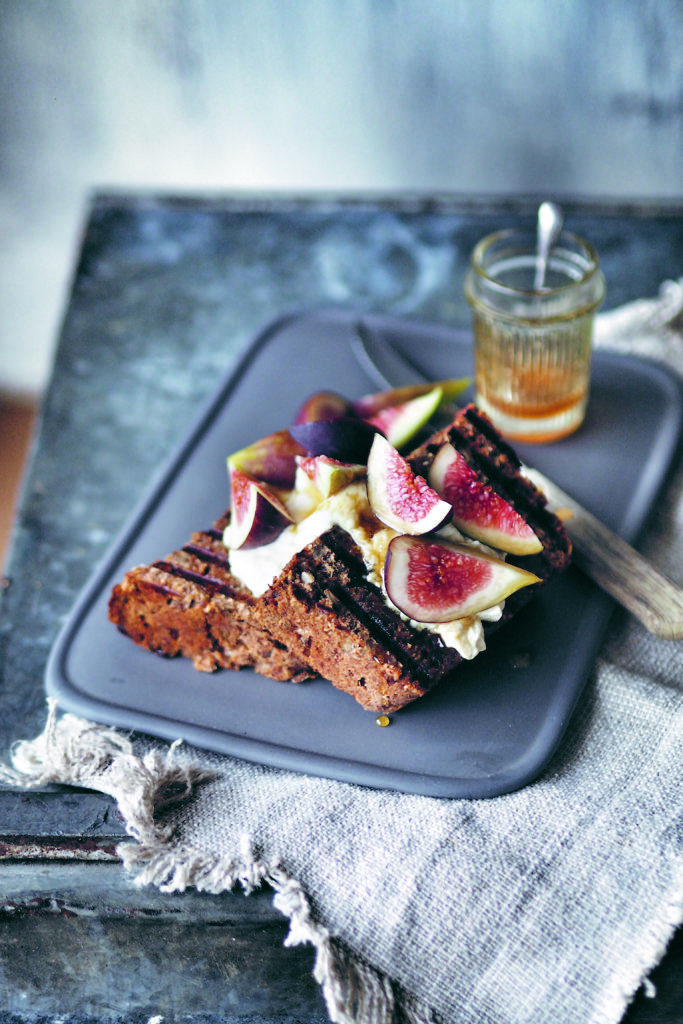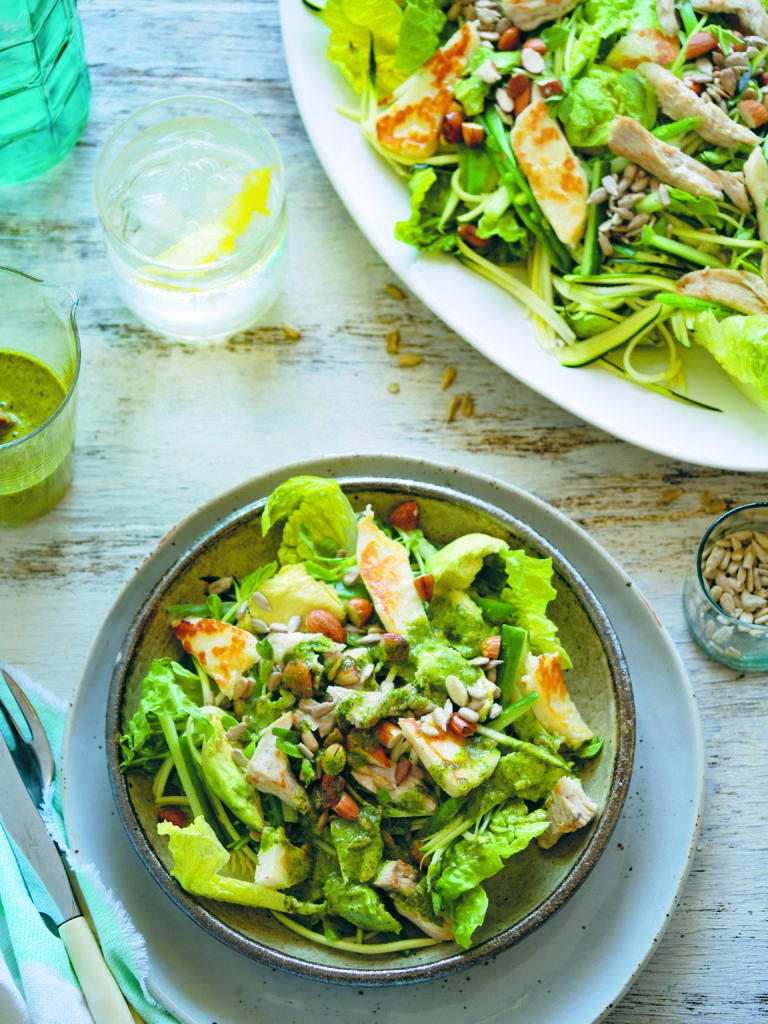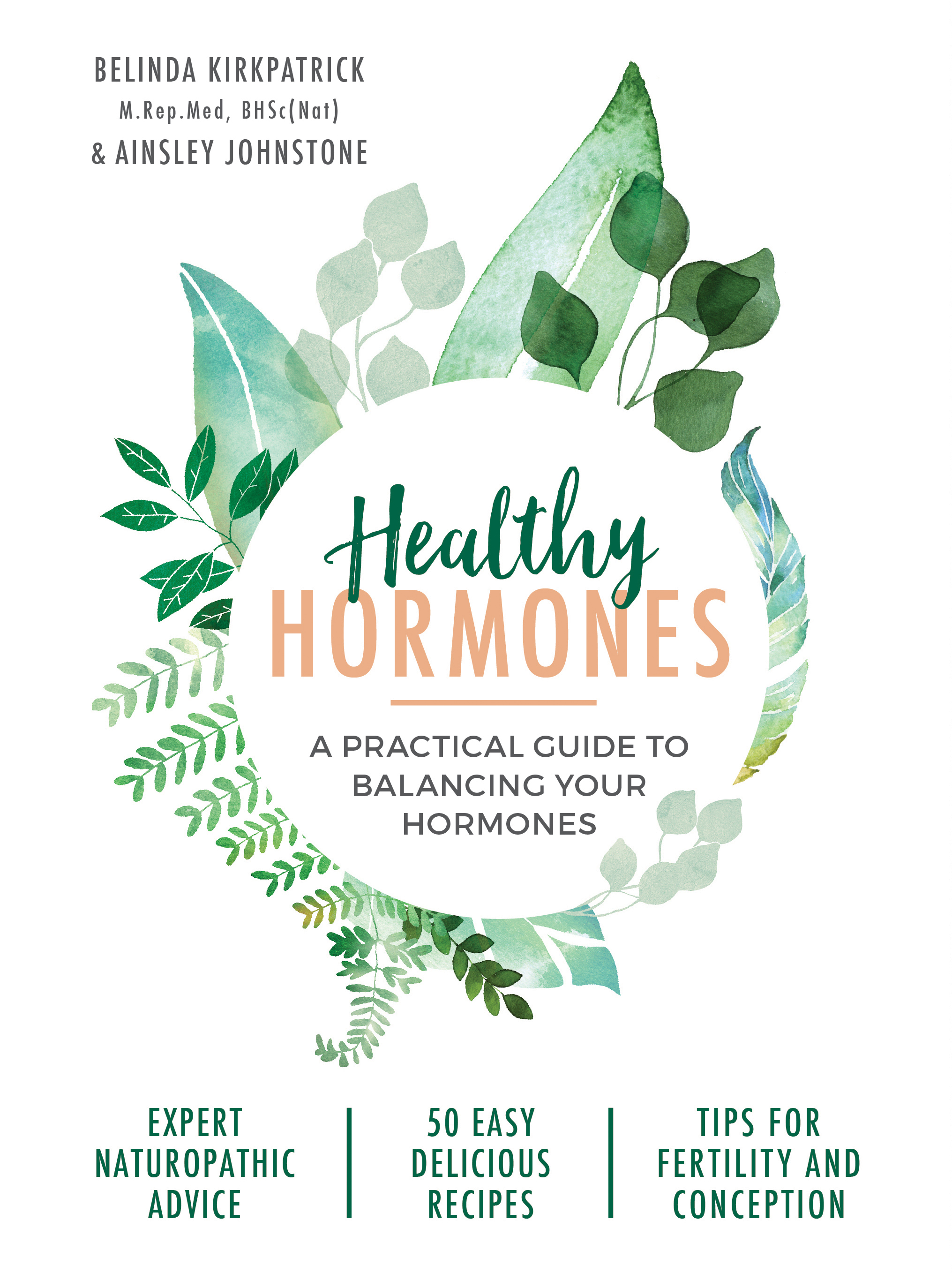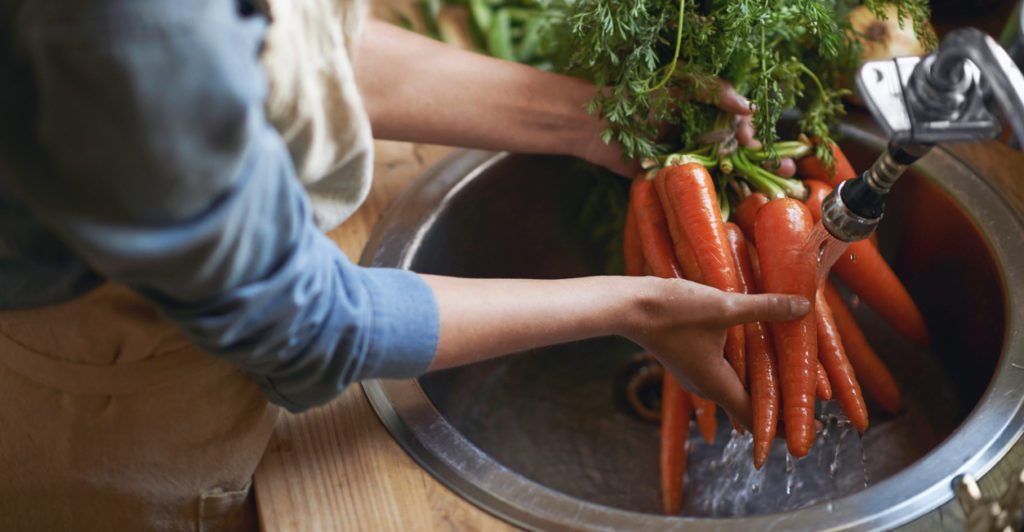Your immediate environment — the food you eat, the products you use, the clothes you wear — are part of a delicate ecosystem that can help or hinder your hormonal balance. The tips in this chapter are designed to help get your hormones into top shape and assist in reducing your overall toxic load, which can increase your wellbeing. Please remember that this is only a guide: most of us (including me!) can’t do all of these things, all of the time.
Eliminating chemical cosmetic and cleaning products from your home can take years, so make small changes over time as your budget allows. Organic foods can sometimes be expensive and farmers’ markets may not be available in your area, so do your best and remember, it’s all about the balance: it’s impossible to be perfect!
Make as much of your diet as organic possible: I recommend buying produce from an organic delivery service or checking out your local farmers’ market, where the produce sold is usually grown organically or at least is grown locally. This will reduce your exposure to the hormone-disrupting chemicals that are sometimes sprayed on fruits and vegetables. Aim to eat organically produced meat, poultry, dairy foods and butter from animals that are preferably not treated with steroids and antibiotics.
Always wash fruit and vegetables: It is a good idea to wash and peel your produce to remove any external chemical, organic and wax residues. A fruit and vegetable wash can be purchased from most health-food stores: a simple rinse under cold water often isn’t enough to remove fat-soluble residues. You can also try washing your produce in a solution of three parts water to one part apple cider vinegar.
Use food to boost your liver function and protect your body: Asparagus, spinach, watermelon, pears, pumpkin (squash), potatoes, broccoli, cauliflower and other cruciferous vegetables are rich in glutamine, which can help the liver remove waste and boost your immune system. Increasing your intake of foods that contain allyl sulphide such as garlic, shallots, onions and chives — also stimulates glutathione production, which further helps to protect the liver and reduce oxidative stress.
Avoid tinned foods or foods packaged in plastic: Many plastics and the linings of tins contain bisphenol A (BPA), a chemical that was first identified as a synthetic oestrogen in the 1930s and was even considered for pharmaceutical use at that time. Since that time, BPA has been identified as an endocrine disruptor, and many countries are currently requiring its use to be phased out. Endocrine disruptors may be linked to cancerous tumours, birth defects and developmental disorders. BPA can leach from the lining of a tin into the food it contains.
Many plastics also contain BPA and other chemicals, and the softer the plastic, the more likely the chemicals are to leach into food stored in the container. While there is current debate concerning the effects of low-dose exposure to BPA on human health, try to avoid it where possible. Try to have hot drinks in a ceramic mug and avoid using takeaway coffee cups, which have a plastic lid and a plastic lining. Instead of using plastic wrap, you can purchase bio-film from most health-food stores. Use glass cookware for microwave and oven cooking. Practically, most of us will use tinned foods and plastic containers for convenience from time to time, but we can minimise their use and look for alternatives where practical.
Install a water filter: It is important that water is as fresh and pure as possible, as we drink so much of it! A filter can ensure that there are no unwanted contaminants from ageing household pipes as well as biological contaminants such as parasites. I think it also tastes better.
Use plants for filtering the air in your home: Some common household plants can help clear the air. The peace lily (Spathyphillum spp.) is a low-maintenance indoor plant that helps to reduce mould and clears chemicals such as formaldehyde, benzene and trichloroethylene from the air. The bamboo palm (Chamaedorea seifrizii) is also great at improving air quality and helps to put moisture into the air due to its high transpiration rate.
Eliminate pesticide, herbicide and insecticide use on lawns and gardens: There are many effective organic products available, or you can learn to make your own pest-control formulas. Do an internet search for ‘natural pesticides’ or ask at your local garden centre. You may also find that planting your garden with species that are native to your country or region makes it easier to look after and requires few, if any, chemical solutions. It’s easy to make your own compost as well, rather than relying on mass-produced fertilisers.
Avoid pet products such as flea collars: and commercial pet washes, which usually contain toxic substances that may be dangerous to both animals and pet owners. Remember that any product that can kill an insect is also potentially harmful to humans, so avoid using sprays and other bug killers in the home. There are plenty of more natural options available that are safe for you and your family; try using cedarwood oil products, which can kill eas and ticks.
TRY THESE RECIPES FOR HEALTHY HORMONES, CREATED BY RECIPE DEVELOPER AINSLEY JOHNSTONE
Nutty Banana Bread
Having some grain-free, nutrient-dense snacks on hand means that making good food choices is a breeze. I make this banana bread all the time for my family, who are always looking for a snack. It’s great for using up ripe bananas and I often make a double batch and put one in the freezer. It also doubles as an easy breakfast that ticks all the boxes! Try it toasted in a sandwich press for the ultimate treat, enjoy a slice as a snack and spread with some good-quality nut butter.

Preparation 15 mins
Cooking 50 mins
3 ripe bananas
4 eggs
2 tablespoons coconut oil
100 g (3½ oz/1 cup) almond meal
30 g (1 oz/¼ cup) coconut flour
60 g (2¼ oz/½ cup) coarsely chopped pecans
45 g (1½ oz/½ cup) desiccated coconut
45 g (1½ oz/¼ cup) dried apricots, sliced
40 g (1½ oz/¼ cup) sliced dates
40 g (1½ oz/¼ cup) sunflower seeds
40 g (1½ oz/¼ cup) linseeds (flaxseeds)
1 teaspoon baking powder
2 teaspoons ground cinnamon, plus extra (optional)
1 apple, thinly sliced (optional)
Preheat the oven to 180°C (350°F). Grease and line an 11 x 22 cm (4. x 8. inch) baking tin.
In a large bowl, mash the bananas, add the eggs and coconut oil and mix well. In a separate large bowl, combine all of the other ingredients, except the apple and extra cinnamon, and stir. Add the contents of one bowl to the other and stir until combined.
Pour the batter into the prepared baking tin and lay the apple slices on top with an extra sprinkle of cinnamon (if using).
Bake for 50 minutes or until a skewer inserted into the centre comes out clean.
Serve the bread toasted with ricotta and fruit.
Chicken and Haloumi with Green Salad
A salad that leaves you satisfied is the best! If you are eating with the family, it can be fun to place a big bowl in the middle of the table for everyone to help themselves.

Preparation: 30 mins
Cooking: 10 mins
Serves 4
2 boneless chicken breast fillets
10 snow peas (mangetout)
2 tablespoons olive oil
250 g (9 oz) haloumi, sliced into 5 mm (1/4 inch) fingers
1 baby cos (romaine) lettuce, leaves sliced in half lengthways
2 zucchini (courgettes), julienned or spiralised
1 Lebanese (short) cucumber, julienned
1 small handful snow pea (mangetout) sprouts
1/2 avocado, chopped
2 tablespoons sunflower seeds
1 heaped tablespoon coarsely chopped toasted almonds
Green herb dressing (see below)
If you don’t have any Creamy coconut chicken, poach the chicken in simmering water or coconut cream for about 12 minutes until the chicken is cooked through. Once it has cooled, roughly shred or chop.
Blanch the snow peas in boiling water for 1 minute and then soak in a bowl of icy water to cool. Finely slice lengthways.
HeAt 1 tablespoon of olive oil in a frying pan over medium heat and fry the haloumi until brown on each side. Set aside to cool.
In a large serving dish, toss the cos lettuce leaves with the zucchini, cucumber, snow peas, snow pea sprouts and avocado. Add the cooled haloumi and chicken and top with the sunflower seeds and almonds. Season with salt and pepper, then drizzle with plenty of the Green herb dressing
GREEN HERB DRESSING
Preparation 5 mins
Makes about 130 g
(41/2 oz/1 cup)
2 tablespoons olive oil
2 tablespoons macadamia oil
2 teaspoons caramelised red wine vinegar
2 teaspoons water
1 large handful of mint
1 large handful of flat-leaf (Italian) parsley
1 small garlic clove
juice of 1/2 lemon
Put all of the ingredients in your smoothie maker or blender, season with salt and pepper and blitz until smooth. If you do not use it all at once, it can be stored in the fridge but its green colour will not stay as bright.

Healthy Hormones by Belinda Kirkpatrick and Ainsley Johnstone, published by Murdoch Books, distributed by Allen & Unwin, RRP $39.99.







